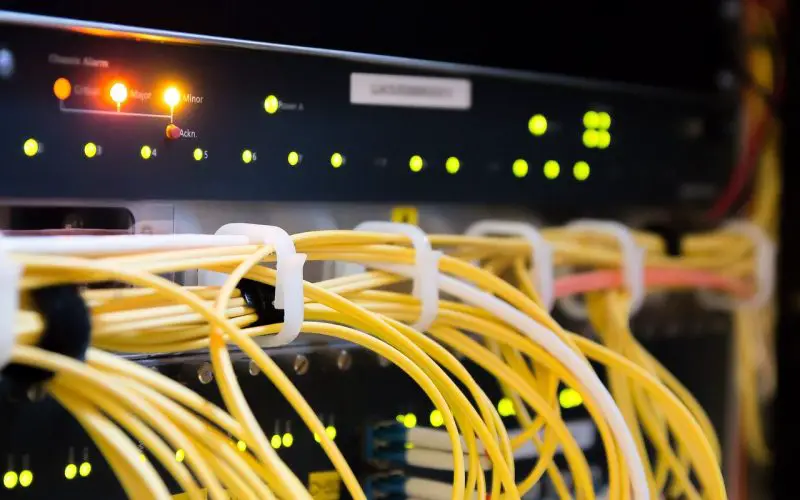
How to Configure Network Alerts
There are many different ways to monitor the health of your network. You can use network monitoring software, like Spiceworks or Insight, to find out if any of your devices are experiencing issues. While not all alerts need the same level of attention, it's important to investigate these. You can use the results of your alerts to fix the problem, or you can simply disregard them. Regardless, the right tool can make all the difference. To determine whether your alert is triggered, you can configure your network's threshold. This threshold refers to the behavior that causes the alert to be…








